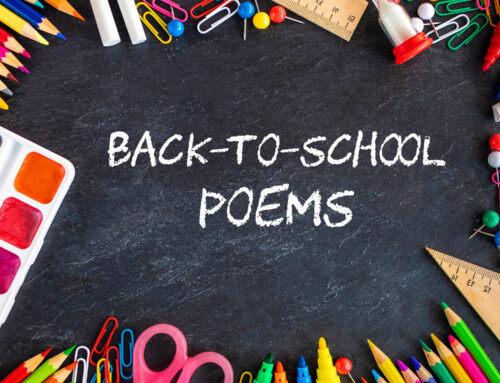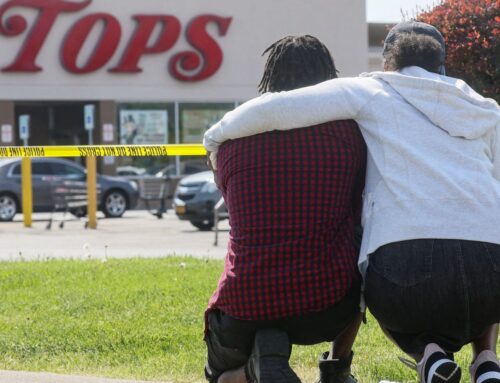Several New York City principals have suggested that the disproportionate number of Black and Hispanic students suspensions in NYC public schools can be traced to the failure of teachers and administrators to understand the street-wise origins of the students’ aggressive behavior. In an article found here the principals suggest that these students are having trouble understanding that the combative behavior which may serve them well in their neighborhoods is not acceptable in school.
Rashid Davis, principal of a high school in Crown Heights explains, “Many of my students live in high-poverty neighborhoods, and a sign of weakness is, unfortunately, timid behavior. So they learn early growing up, in order to not be picked on, they have to meet like with like.” According to Davis, teachers and administrators who did not grow up in these neighborhoods misinterpret this rough play as aggressive behavior which warrants the most extreme punishment. Musa Sharma, principal of a high school in Queens, agrees that the aggressive behavior is born in the neighborhood and makes its way back into the school building. These principals acknowledge that punishment for such behavior is warranted, but suggest that rather than having a zero tolerance policy, they would prefer that the students receive instruction on conflict resolution and other ways for them to make better choices. However, with school budgets growing tighter and tighter, there is often no money for such instruction.
Readers, would love to get your reaction to this. The concept that poverty explains unacceptable or even criminal behavior has been around for ages, and can be a dangerously slippery slope which conservatives and liberals both can slide down. Moreover, since Blacks and Hispanics are not the only people living in high poverty areas, even if this concept were irrefutable it would not explain why it appears that they are receiving a disproportionate number of suspensions. And even if one could establish somehow that Black and Hispanic students have a harder time controlling themselves than other ethnicities, it would serve no one well to have a policy which meted out punishments based upon whether the student was expected to know better.
Having said this, the idea that teachers and administrators may overreact negatively based upon their inexperience with or biases against other cultural groups is not without merit. How to tackle racial microaggressions in schools, where teachers may harbor unconscious biases which they act upon to the detriment of their students, has been gaining traction as an important issue for schools to face.
Moreover, Black and Hispanic students have resided in high poverty areas for generations, unfortunately, and have not had such a hard time historically keeping aggressive behavior out of the schools as they appear to be having now (if you accept that this is the cause of the disproportionate punishment). What’s changed? Are Black and Hispanic students more violent in schools today? If they aren’t, then how did teachers and administrators lose their way? What can be learned from teachers, administrators and policies in years past which may have helped with this issue?
And where are the parents in all of this? Just as we need to be advocates for our children against any unfair behavior, we also need to reinforce the concept that there is certain behavior that is unacceptable in school. It is a challenge to try to tell a teenager in high school anything, but there have to be effective ways for parents to get this message across.
How would you tackle these issues?? Let us hear from you.





